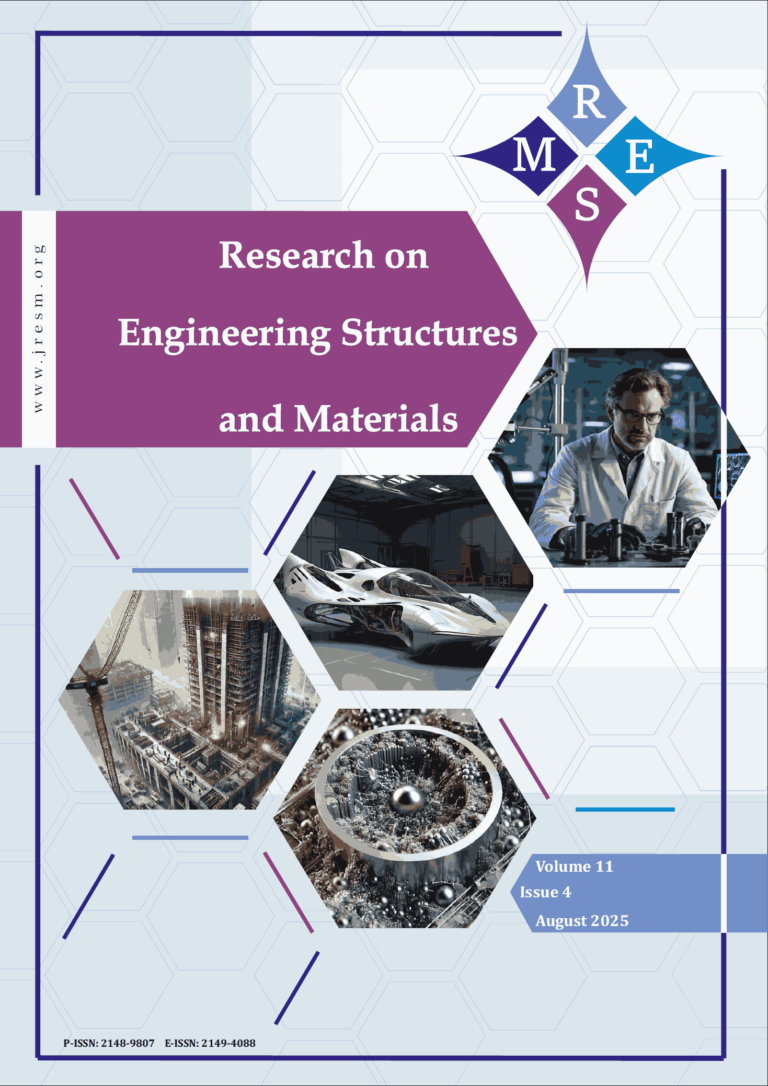The increasing use of polymer composite materials in aviation necessitates adhesive repairs of aircraft structures in situ, minimizing disassembly and manufacturer return to reduce costs and repair time. This paper discusses the required repair technologies and equipment, as well as the quality analysis and the defect assessment of these repairs through various non-destructive testing (NDT) methods. An experimental investigation was conducted on adhesive repairs of a three-layer carbon fiber panel, evaluating defects qualitatively assessing the applied technologies, and providing recommendations for NDT applicability for this type of sample. The study’s analysis produced several key conclusions regarding repair zones. In Zone 1, using the vacuum method, non-adhesions and voids from resin curing were identified, detectable by all NDT methods, with staff qualifications significantly impacting repair quality. In Zone 2, also applying the vacuum method with excess pressure, minor non-adhesions, and voids (2-3 mm) were observed, which were left undetected by rapid NDT (shearography), while detailed NDT (tomography) revealed fewer defects, rating the repair as satisfactory. In Zone 3, utilizing the vacuum method at elevated temperatures, multiple local non-adhesions, and significant delamination (up to 40×40 mm) were discovered, classifying this repair as defective, confirmed by all NDT methods. Smaller defects were only detected by tomography, underscoring the importance of detailed NDT for accurately assessing repair integrity across various technologies.
